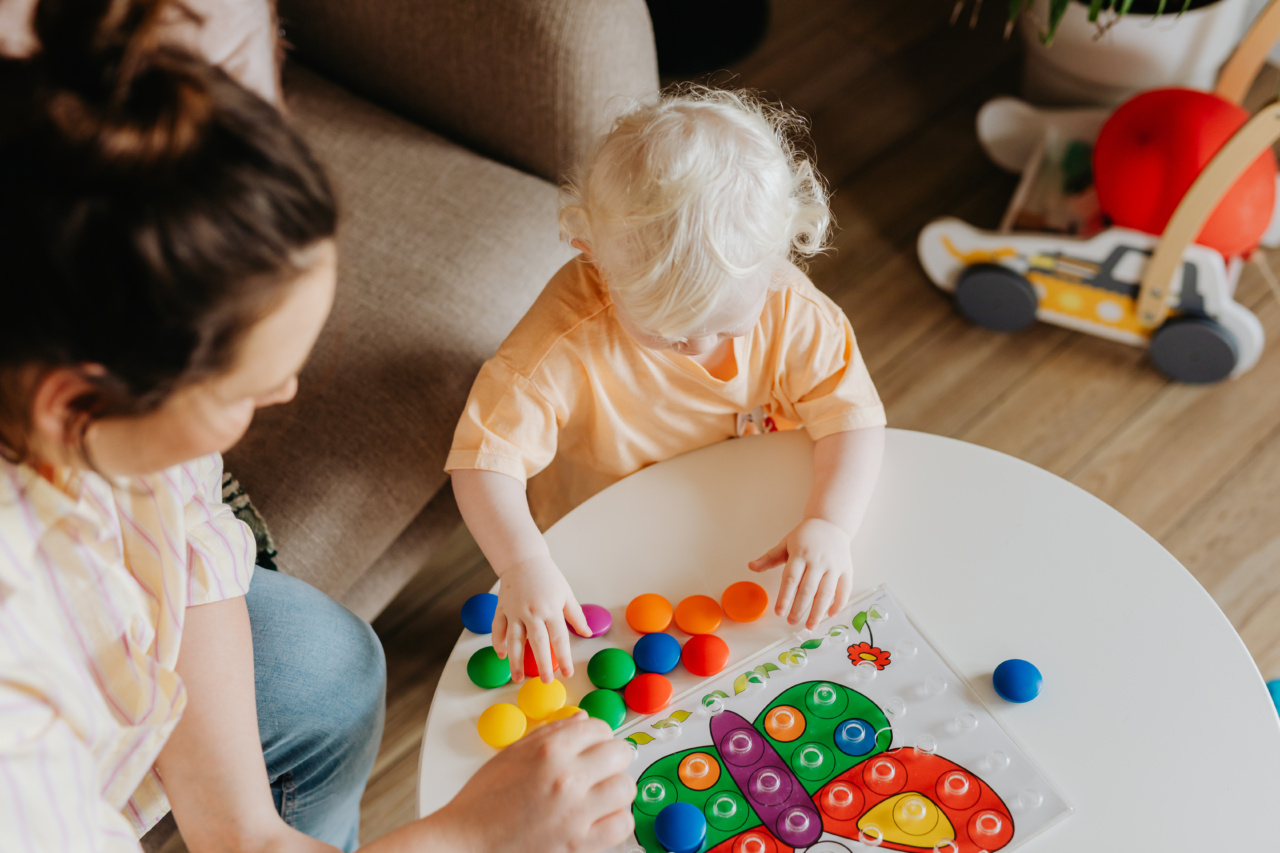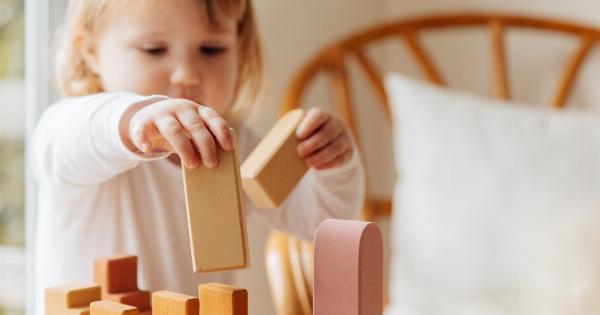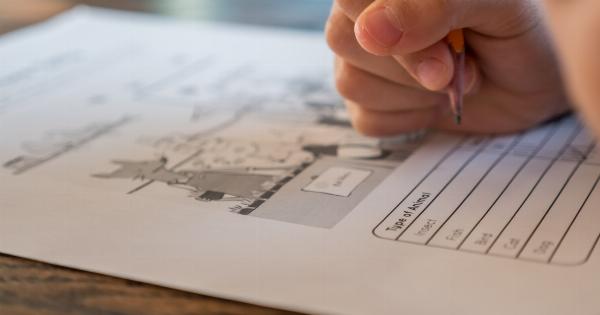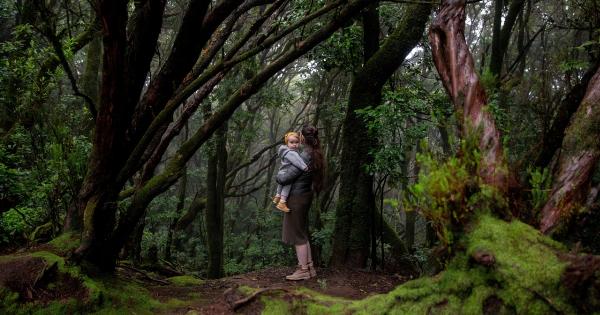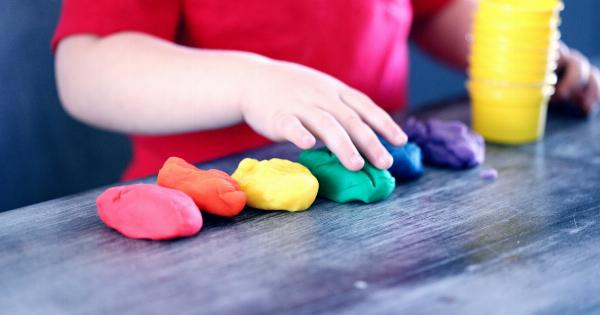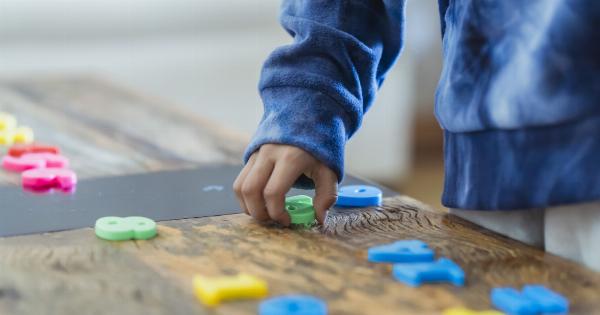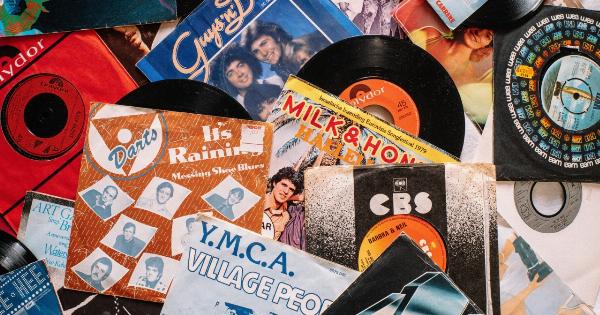Children experience significant growth and development during their early years of life. As they grow and develop, they pass through various stages and milestones that are critical to their growth and progress.
While all children follow their unique developmental paths, there are broad stages of developmental milestones that children should reach. These major development milestones can be broken into 4 categories: cognitive, language, motor, and social-emotional development. In this article, we will be discussing these developmental milestones in detail.
Cognitive Development
Cognitive development refers to a child’s mental ability to understand and process information, including their ability to reason, solve problems, and think abstractly.
0-2 Years
During the first two years, infants begin to develop their cognitive ability by exploring their environment and using their senses to learn about the world.
They learn how to use different objects, recognize sounds, and differentiate between textures and shapes. Major developmental milestones during this stage include:.
- Recognizing familiar faces and voices
- Responding to their name
- Developing object permanence (understanding that objects still exist even when they are out of sight)
- Imitating simple actions and gestures
- Beginning to use simple words and phrases
2-7 Years
During the preschool years, children experience significant cognitive growth. They begin to develop their memory, attention span, and critical thinking skills. They also start to understand cause and effect and can comprehend basic math concepts.
Major developmental milestones during this stage include:.
- Understanding the concept of time (past, present, and future)
- Learning numbers and counting
- Developing language proficiency, including grammar and vocabulary
- Using imagination and engaging in pretend play
- Showing curiosity and asking lots of questions
7-12 Years
During the middle childhood years, children refine their cognitive abilities and become more skilled problem solvers. They start thinking more analytically and critically, making decisions based on reason and logic.
They also develop their creativity, making connections and finding new ways to solve problems. Major developmental milestones during this stage include:.
- Perfecting reading, writing, math, and other academic skills
- Showing an interest in current events and politics
- Developing long-term interests and hobbies
- Taking on more responsibilities and becoming more independent
- Exhibiting problem-solving and decision-making abilities
12-18 Years
During adolescence, cognitive development focuses on expanding problem-solving skills and processing more complex information. Teenagers are actively forming their identities and exploring different perspectives and ideas.
They develop their critical thinking skills and begin to show more abstract thinking. Major developmental milestones during this stage include:.
- Developing awareness of social issues and politics
- Developing more advanced problem-solving skills
- Forming their own opinions and beliefs
- Planning for their future and setting personal goals
- Showcasing an interest in complex subjects such as philosophy.
Language Development
Language development refers to a child’s ability to express themselves and understand language, including the structure, sounds, and meaning of words.
0-2 Years
During early life, children’s language development is centered on babbling and imitation. They use sounds, gestures, and facial expressions to communicate their needs and emotions. Major developmental milestones during this stage include:.
- Babbling and cooing
- Recognizing and responding to familiar words
- Using simple words like ‘mama’ and ‘dada’
- Understanding simple commands, such as “no” or “come”
- Using gestures to communicate, such as pointing or waving
2-7 Years
During preschool years, children continue to progress quickly in their language development. They develop their vocabulary and learn how to form more complex sentences.
They also understand language rules, understand different types of words and can read and write simple words. Major developmental milestones during this stage include:.
- Engaging in speech with others
- Asking questions that reflect curiosity and more inquisitive thinking
- Identifying others’ emotions by tone of voice and facial expressions
- Articulating full sentences that are more complex
- Reading and writing basic lipograms and short stories
7-12 Years
During middle childhood, children concentrate on the development of more complex and challenging forms of communication. They can tease out meaning from complex written material, express complex thoughts and perform adequately in presentations.
Major developmental milestones during this stage include:.
- Speaking more sophisticatedly with well-structured sentences and paragraphs
- Writing stories and reports with more complexity and detail
- Showing familiarity with idiomatic expressions and more complex syntax
- Reading and understanding novels and novels with deeper meaning
- Using humor in speech and writing
12-18 Years
During teenage years, language development is focused on communicating challenging and abstract ideas and developing an individual style of communication.
Adolescents take on increasingly more sophisticated communication tasks as they prepare to enter adulthood, creating a higher depth of meaning and linguistic nuances.
- Expert comprehension of complex texts
- Understanding different forms of writing, including poetry and literature
- Maintaining coherent and in-depth conversations with a range of people
- Exhibiting a clear writing style or speaking voice that reflects interests and opinions
- Developing impressive public speaking and presentation skills
Motor Development
Motor development refers to a child’s physical ability to move and control their body, including their gross motor skills and fine motor skills.
0-2 Years
During the first two years of life, babies develop their motor skills through exploration and movement. They begin by learning how to control their head and neck and progress to crawling, when ready.
Major developmental milestones during this stage include:.
- Rolling over
- Sitting up without help
- Crawling and scooting
- Pulling themselves up to stand
- Walking with support or on their own
2-7 Years
During the preschool years, children become more physical and active, developing their gross motor skills and fine motor skills. They become better at running, jumping, climbing, and navigating their environment.
Major developmental milestones during this stage include:.
- Running and jumping
- Balancing on one foot
- Catching and throwing a ball with two hands
- Dress themselves
- Uses scissors to cut paper and colors well within the lines
7-12 Years
During middle childhood, children continue to refine their gross and fine motor skills. They become adept at participating in sports, playing musical instruments, and using technology. Major developmental milestones during this stage include:.
- Increasing flexibility and coordination
- Becoming better at team sports and coordination with complex drills
- Handwriting becomes neater, more consistent and easier to read
- Becomes adept at playing with musical instruments with enhanced performance
- Taking on more complex projects and building sets that require extensive complexity
12-18 Years
During the teenage years, motor development becomes more refined and specialized. There is specialization of previously acquired skills and acquisition of new motor skills.
Great confidence in certain skills can lead to risk taking and indulgence in extreme sports. Major developmental milestones during this stage include:.
- Becoming an expert in a specific type of sport, such as basketball or track
- Developing a specialized skill or talent, such as playing the piano or drawing
- Learning to drive a car and mastering the road
- Becoming proficient in video game playing, coding and other technological skills
- Developing exceptional physical coordination through dance or other performance arts
Social-Emotional Development
Social-emotional development refers to a child’s ability to communicate and interact with others, establish relationships and handle emotions.
It is a crucial aspect of childhood development that has long-lasting effects on an individual’s personal and professional life.
0-2 Years
During the first two years, social-emotional milestones are focused on establishing relationships with parents and other caregivers. A strong foundation is established during this stage, and the caregivers become the primary attachement figures.
Major developmental milestones during this stage include:.
- Smiling and cooing
- Responding affectionately to caregivers
- Begins to show preference for familiar faces and people.
- Show affection by hugging and kissing
- Clinging to caregivers when they feel threatened or frightened
2-7 Years
During the preschool years, children’s social and emotional development become conspicuous through their interaction with other children and adults. They develop empathy and can identify with others’ feelings positively or negatively.
They also gain self-awareness, and others assert their independence. Major developmental milestones during this stage include:.
- Cooperating and sharing toys with others
- Showing empathy for others
- Starting to recognize others’ emotions
- Becoming responsive to discipline and praise
- Becoming more independent and assertive
7-12 Years
During middle childhood, children become more comfortable with their social skills and strongly affirm their independence. They form more meaningful relationships and become better at self-expression.
Major developmental milestones during this stage include:.
- Developing a sense of loyalty and camaraderie with others
- Navigating relationship conflicts
- Expressing themselves more appropriately
- Displaying a more settled and sustained confidence
- Becoming more vocal about their points of view
12-18 Years
During their teenage years, social and emotional development involves them exploring the world and taking risks. Establishing a strong sense of self becomes critical, and social interaction and making friends figure prominently.
Major developmental milestones during this stage include:.
